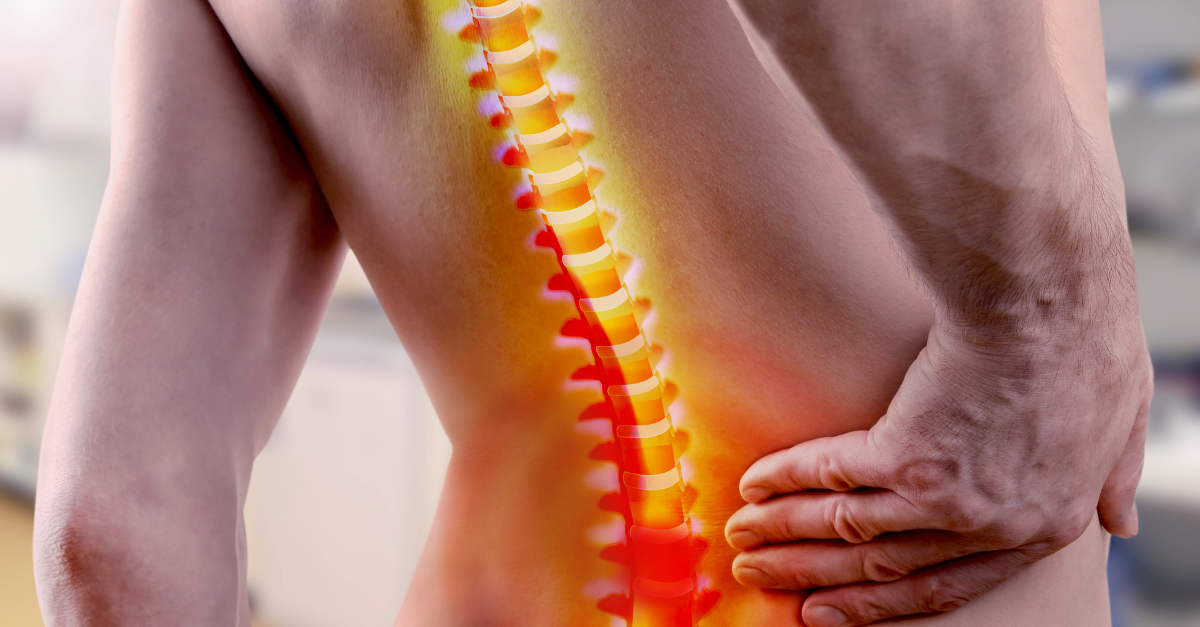Back and spine pain can change how a day unfolds—what tasks get done, which activities get avoided, and how much energy remains after simply getting through essential routines. For many, the journey runs through medications, rounds of physical therapy, and sometimes surgery—yet pain returns. Regenerative medicine offers a different path: help the body repair instead of only suppressing symptoms. Programs designed for chronic back and spine pain are showing how targeted cellular therapies can calm inflammation, support tissue repair, and help restore function thoughtfully and sustainably.
Why back and spine pain persists
Spine-related pain is rarely just one problem. Discs can dehydrate or herniate. Facet joints inflame and degenerate. Ligaments and paraspinal muscles compensate for poor mechanics, creating chronic strain. Nerve roots can become irritated by narrowing spaces. Over time, this becomes a loop: pain limits movement; limited movement weakens supportive tissues; weaker tissues invite more strain and pain. Breaking that loop requires both symptom relief and structural help—ideally without the collateral stress of invasive surgery when avoidable.
The regenerative difference
Cellular therapy looks to change the local environment of pain and dysfunction. Instead of only blocking pain signals, the aim is to resolve drivers of inflammation and support tissues that need help to repair. At the core are mesenchymal stem cells, which act like coordinators of healing: they modulate immune responses, reduce inflammatory cytokines, and release trophic factors that encourage repair in cartilage, ligaments, and even disc tissue. This is why, for many chronic spinal conditions, cellular therapy is being explored as a way to change the trajectory rather than simply manage the status quo.
Targeting spine problems precisely
Different spinal issues call for different delivery approaches. Some protocols use targeted injections—into a degenerative disc, around inflamed facet joints, or near irritated soft tissues—paired with systemic delivery to quiet widespread inflammation. The best outcomes come from aligning delivery with the specific pain generators and functional goals. In this context, back and spine stem cells programs focus on precision: the right cells, in the right place, with the right aftercare plan.
Why the care environment matters
Healing doesn’t happen in a vacuum. The journey—evaluation, scheduling, logistics, aftercare—should be as stress-free as possible. That’s a core reason many patients consider panama stem cells programs: the ecosystem is designed to combine clinical quality with supportive coordination. Less friction, more clarity, and steady communication help patients conserve energy for what matters—recovery and rebuilding.
Affordability and clarity
Clarity about value matters as much as the therapy itself. Programs committed to affordable stem cell therapy emphasize transparent inclusions and a philosophy that respects both medical and financial realities. Families can also map plans using published guidance on stem cell therapy cost in panama to understand evaluation, preparation, administration, and follow-up before committing. When the budget is clear, the focus can stay on outcomes.
What improvement looks like
Early changes often involve calmer mornings: less stiffness, smoother transitions from sitting to standing, and reduced need for “warm-up” time. Over weeks, gait mechanics improve, prolonged sitting or standing becomes more tolerable, and sleep quality rises as nighttime pain diminishes. As months pass, patients frequently report expanded movement capacity, better exercise tolerance, and more predictable days. Regeneration is a staircase—progress, integrate, progress—rather than an overnight switch.
Rehab makes results durable
Cellular therapy is a catalyst; smart movement makes it stick. Strengthening hips and posterior chain, restoring hip hinge and squat patterns, and practicing spinal stability transforms physiological gains into functional capacity. Gentle daily mobility work maintains joint space and glide. These habits turn tissue-level improvements into life-level performance, helping stop the slide back into pain loops.
A step-by-step plan
-
Get a clear diagnosis: imaging and clinical testing to identify primary drivers.
-
Choose a structured program: combine targeted and systemic approaches when indicated.
-
Commit to aftercare: mobility flows, progressive strength, sleep protection, and anti-inflammatory nutrition.
A better baseline is possible
When pain no longer dictates each day, capacity expands. With a precise protocol, supportive environment, and clear plan, regenerative care can help transform chronic limitations into steady, reliable function—turning back and spine pain from a central storyline into background noise.


